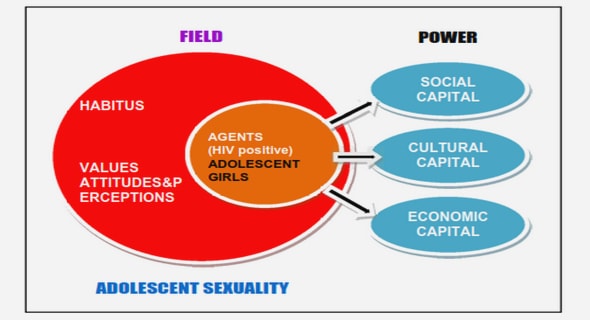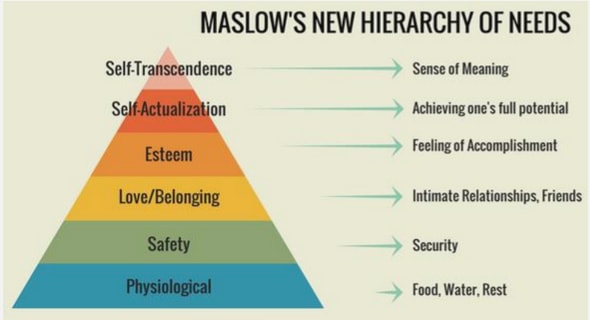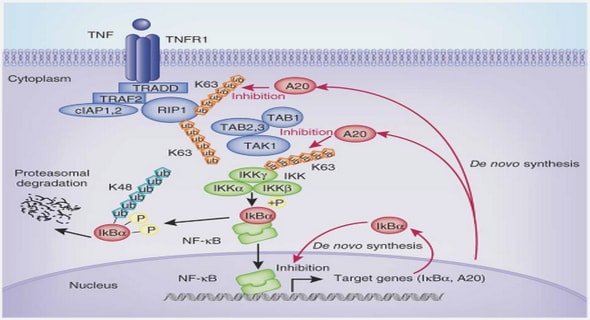Get Complete Project Material File(s) Now! »
Chapter 2 Alternative Attitude Control Methods
To maintain a constant depth, a positively buoyant AUV must generate a continuous downward force at all times. This force is produced through either direct vertical thrust or through downward lift. Sections 2.1 and 2.2 will examine two methods of creating direct external forces for use of attitude and position control, while the remaining sections will focus on methods of internal actuation that provide control forces or control moments.
Vectored Thrusting
The easiest method of attitude control is to vector the thrust. This is accomplished though a mechanical redirection of the induced fluid flow from the jet nozzle or propeller or through a secondary set of vertically mounted thrusters. These thrusters are placed to give direct control authority in the body vertical direction. This method requires a constant fluid flow field where the effectiveness of the propulsor is scaled by the difference in the ambient fluid velocity and the core velocity of the accelerated fluid material. Because the craft is positively buoyant a constant opposing force must be maintained to keep depth. This constant force needs constant power, resulting in a continuous drain on the battery. This limits the mission duration. Additionally, this artificial flow field may interfere with the inspection mission by disturbing silt or aerating the water reducing visibility. More directly this flow field may undesirably interact with the object that the AUV is trying to inspect. AUVs like the previously mentioned ABE utilized this method for the added maneuverability benefits when working in rough terrain or around sunken vessels.
Biomimetic Thrusters
Another method of producing a direct force on the AUV uses movement of the fins, mimicking swimming aquatic life. In 1993, an oscillating foil was suggested as a method of propulsion [19]. Later work focused on control using fin movement devices [20]. This work led to the development of Draper Laboratory’s RoboTuna [21]. Draper Laboratory uses this robotic tuna as a test platform for research in vortex manipulation of the eddies formed from this method of propulsion.
A disadvantage to this system of thrust is the impulse nature of the applied force. Forces created in this manner can fatigue mechanical structures and send vortical waves into the environment. These pressure waves can disturb the object under inspection, or if near a surface, can stir up sediment or aerate water reducing visibility. Because of the mechanical complexity necessary to simulate the bend of fish fin, this device is also more likely to fail. Finally, continuous power must be applied where a constant force is required, creating additional drain on the battery under positively buoyant conditions.
Reaction Wheels/Control Moment Gyros
By moving the control method inside the vehicle, one loses the ability to directly push on the fluid material. To counteract the vehicle buoyancy one must utilize the hydrodynamic properties of the wing-body. An angle of attack must be maintained to generate the necessary force to keep depth. This places emphasis on angular control up to the stall angle of the AUV.
The first method of internal actuation uses a rotor of significant rotational inertia that is spun up creating a reaction moment proportional to the acceleration of the rotating mass. These types of actuators are used as a primary rotational control method on spacecraft and can be used to stabilize vehicle motions in underwater vehicles [22]. If fixed in the craft geometry to allow rotation about only one axis the actuator is known as a Reaction or Momentum Wheel. Allowing a rotation about an axis perpendicular to the axis of spin allows gyroscopic effects to be utilized. These devices are referred to as Control Moment Gyros (CMG). These gyroscopic effects generate an out of plane moment increasing the redundancy of a multiple CMG system [23]. Also once the top speed is reached, the actuator becomes saturated, no longer able to maintain a torque. Again like the external methods of actuation, this also requires a constant acceleration to generate a constant torque. It drains the battery stunting the mission lifetime of the vehicle.
Buoyancy Engine
A more energy conservative approach to actuator design is to use native environmental acceleration to create the force or moment needed to maintain depth or orientation. By displacing additional fluid through inflatable appendages a modification of the buoyancy force center and magnitude can be implemented. Alternatively, fluid material can be taken into the vehicle producing a variable point mass at a fixed location. This type of device, referred to as a ballast actuator, takes ballast from the surrounding medium to utilize the native material and gravitational field to impart the desired force or moment. The advantage to this technique lies in the energy cost of use per unit of continuous force or torque. This creates a very energy efficient actuator. This type of actuator is used by underwater gliders as a method of glide control and propulsion and a similar device is included in deep submersibles to maintain neutral buoyancy through small changes in fluid density. It should be noted that there are inherent dangers associated with bring an electrolytic fluid into an electronic filled body, however, through the used of careful design this fear can often be alleviated. This method of attitude control changes the buoyancy percentage. This change can violate the positive buoyancy requirement which was imposed so that the vehicle was recoverable in the event of a failure.
Moving Mass
One final method uses the idea of modifying the center or gravity by moving a percentage of the body weight forward or aft for pitch, port or starboard for roll. Moving a section of mass allows constant torque generation for a given energy input and is independent of the vehicle velocity. It is isolated from the outside environment resulting in no losses in efficiency from biological fouling, corrosion, and snagging. The actuator is mechanically simple, remains energy efficient, and the outside fluid remains undisturbed. The buoy-ancy percentage remains unmodified, requiring an increase in the body angle of attack to supplement the body lift at low speed. The moment necessary for this maneuver drives the mass sizing and the distance moved. This method provides the best constant torque per unit of control energy without violating the positively buoyant nature of the AUV. Development of a moving mass actuator is investigated in chapters 4 and 6.
Abstract
1 Introduction
1.1 Mission
1.2 History
2 Alternative Attitude Control Methods
2.1 Vectored Thrusting
2.2 Biomimetic Thrusters
2.3 Reaction Wheels/Control Moment Gyros
2.4 Buoyancy Engine
2.5 Moving Mass
3 Force and Moment Modelling
3.1 Coordinate Frames
3.2 Geometrical Definitions
3.3 Example Vehicle
3.4 Forces and Moments
4 Moving Mass
4.1 Kinematics
4.2 Dynamics
4.3 Equations of Motion
5 Hydrodynamic Sizing
5.1 Equilibrium
5.2 Sizing of the Horizontal Tail
6 Design of a Modular Moving Mass Actuator
6.1 Sizing and Shape
6.2 Materials
6.3 Mechanism
6.4 Electronics
7 Experimental Testing
7.1 Fixed MMA Positions
7.2 Dynamic Run
7.3 Diving
7.4 Parameter Identification .
8 Conclusions & Recommendations
References
GET THE COMPLETE PROJECT
Modular Modification of a Buoyant AUV for Low-Speed Operation


